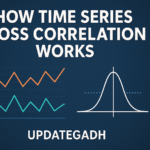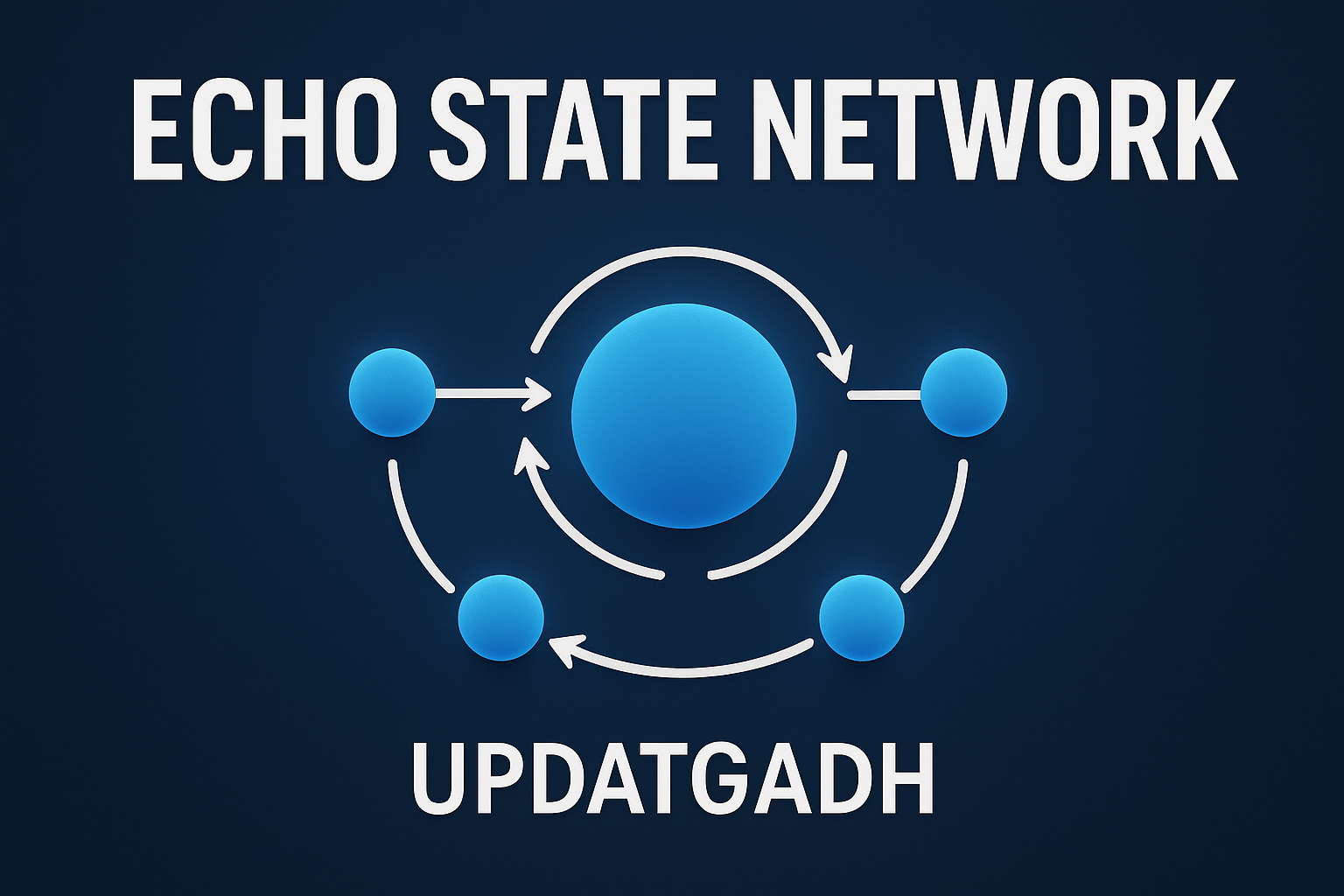

How Do Neural Networks Learn
How Do Neural Networks Learn
Introduction
Inspired by the structure and function of the human brain, neural networks are computational models designed to identify patterns and make decisions based on data. These models are made up of interconnected nodes, also called “neurones,” that process data in several layers. Each neuron plays a specific role across an input layer (which receives data), one or more hidden layers (which process the data), and an output layer (which delivers predictions or classifications).
Neural networks learn and improve over time by adjusting the strength of connections—known as weights—between neurons in response to errors. This learning process primarily involves two key mechanisms: forward propagation, where inputs pass through the network to generate predictions, and backpropagation, where the network fine-tunes its parameters by comparing predicted outcomes to actual results.
Through repeated training cycles, neural networks can recognize complex relationships in data. This enables them to solve a variety of tasks, such as image classification, language translation, and robotics control. While the foundational concept dates back to the 1950s, the field has gained remarkable momentum due to advances in computational power and access to large datasets—driving forward innovations in machine learning and deep learning.
Machine Learning Tutorial:-Click Here
Data Science Tutorial:-Click Here
Complete Advance AI topics:-CLICK HERE
DBMS Tutorial:-CLICK HERE
Common Challenges: Overfitting and Underfitting
When training neural networks, two significant challenges often arise: overfitting and underfitting.
- Overfitting occurs when the model becomes too tailored to the training data, including its noise and inconsistencies. As a result, while it may perform well on known data, it fails to generalize to new, unseen data. This typically happens when the model is too complex or trained on a limited dataset. Techniques like regularisation (e.g., dropout), simplifying the model, or expanding the training data are commonly used to prevent overfitting.
- Underfitting, on the other hand, happens when the model is too simple to capture underlying patterns in the data. This is reflected in poor performance on both training and validation sets. Solutions include increasing the complexity of the model, extending the training time, or enhancing the features used.
The Learning Process of Neural Networks
1. Forward Propagation
In forward propagation, input data is passed through the network layer by layer. Each neuron processes the data using a weighted sum of inputs and an activation function, producing an output that moves to the next layer until it reaches the final prediction.
2. Loss Calculation
A loss function measures the difference between the predicted output and the actual value. Common examples include Mean Squared Error (MSE) for regression tasks and Cross-Entropy Loss for classification problems.
3. Backpropagation
Backpropagation is the process of calculating how much each weight contributed to the overall error. Using gradients (partial derivatives), the network determines how to adjust the weights to reduce the loss.
4. Gradient Descent Optimization
Gradient descent is an optimization technique that updates the weights to minimize the loss. The model moves in the direction opposite the gradient to reduce error. The learning rate controls how big each step is.
5. Iterative Training
The cycle of forward propagation, loss computation, backpropagation, and weight updating continues over multiple epochs (training iterations). With time, the network becomes more accurate in making predictions.
Learning Paradigms in Neural Networks
Supervised Learning
This involves training the network on labeled datasets, where each input has a known output. The model learns to map inputs to correct outputs. Common applications include image classification, speech recognition, and sentiment analysis.
Unsupervised Learning
Here, the network learns patterns and structures from unlabeled data. The goal is to uncover hidden relationships within the data. Applications include anomaly detection, clustering, and dimensionality reduction.
Semi-Supervised Learning
This method uses a small amount of labeled data along with a larger set of unlabeled data. It is useful when labeled data is scarce or expensive to obtain. It’s widely used in text classification and image analysis.
Self-Supervised Learning
In this approach, the model generates its own labels from the data. It learns useful representations by predicting parts of the input from other parts. This technique is especially prominent in natural language processing, as seen in models like GPT.
Reinforcement Learning
The model, referred to as an agent, learns by interacting with an environment and receiving feedback in the form of rewards or penalties. It is often used in robotics, gaming AI, and autonomous systems.
Transfer Learning
Transfer learning involves using a pre-trained model and fine-tuning it on a related task. It significantly reduces the need for large datasets and computational resources and is commonly used in fields like image and text classification.
Regularisation Techniques
To enhance generalization and prevent overfitting, several regularisation methods are employed:
- L1 and L2 Regularisation: These methods add a penalty to the loss function to discourage overly large weights. L2 (also called weight decay) minimizes the squared magnitude of weights, while L1 encourages sparsity.
- Dropout: Randomly disables a fraction of neurons during training to prevent reliance on specific paths in the network, promoting more robust learning.
- Early Stopping: Halts training when the model’s performance on validation data stops improving, avoiding unnecessary complexity.
- Data Augmentation: Increases the diversity of training data by applying transformations like rotation, cropping, or flipping (mainly for images).
- Batch Normalization: Normalizes inputs within a mini-batch to stabilize and accelerate training while reducing sensitivity to initialization and learning rate.
Optimization Algorithms
Various optimization strategies enhance learning speed and stability:
- Gradient Descent:
- Batch Gradient Descent: Every update makes use of the entire dataset.
- Stochastic Gradient Descent (SGD): Updates weights per sample, introducing noise but improving speed.
- Mini-Batch Gradient Descent: A compromise between the two, using small batches for efficient updates.
- Momentum: Adds a fraction of the previous update to the current one, helping escape local minima and smooth the path to convergence.
- RMSprop: is appropriate for non-stationary targets since it modifies the learning rate according to a moving average of recent gradients.
- Adam (Adaptive Moment Estimation): Combines momentum and RMSprop by tracking both first and second moments of gradients. It is among the most widely used deep learning optimisers.
- Adagrad & Adadelta: Adaptive learning rate methods that perform well with sparse data, with Adadelta addressing the diminishing learning rate issue of Adagrad.
Challenges in Neural Network Training
Vanishing and Exploding Gradients
In deep networks, gradients can become too small or too large during backpropagation, leading to poor or unstable learning. Using ReLU activations, proper weight initialization, and normalization techniques help mitigate this.
Overfitting
Excessive model complexity can cause the network to memorize training data rather than generalize. Regularisation, dropout, and more diverse data are key to controlling this.
High Computational Cost
Deep neural networks require significant computational resources and memory, often relying on GPUs or TPUs for efficient training.
Data Dependency
Large, clean, and well-labeled datasets are essential. Poor-quality data can hinder learning and degrade performance.
Hyperparameter Tuning
Choosing the right combination of layers, learning rates, and batch sizes is challenging and often requires extensive experimentation.
Local Minima & Saddle Points
Neural networks may get stuck in poor solutions. Advanced optimizers and techniques like momentum help in navigating complex loss surfaces.
Lack of Interpretability
Deep models can be hard to interpret, which limits their use in sensitive domains like finance and healthcare where decision transparency is crucial.
Real-World Applications
Image and Video Recognition
Neural networks, particularly Convolutional Neural Networks (CNNs), power applications like facial recognition, object detection, and autonomous driving.
Natural Language Processing (NLP)
From chatbots to real-time translation, models like Transformers and RNNs enable computers to understand and generate human language.
Healthcare Diagnostics
Neural networks analyze medical images, predict diseases, and personalize treatment, improving diagnostic accuracy and patient care.
Financial Services
Used in fraud detection, risk modeling, and algorithmic trading, neural networks identify hidden patterns in financial data.
Recommendation Systems
Platforms like e-commerce sites and streaming services use neural networks to suggest products, media, and content based on user preferences.
Autonomous Robotics
In self-driving cars and industrial automation, neural networks help machines make decisions based on real-time sensor data.
AI and Gaming
Neural networks enhance gaming experiences through intelligent non-player characters and strategic decision-making, while also powering cutting-edge AI research.
Complete Python Course with Advance topics:-Click Here
SQL Tutorial :–Click Here
Download New Real Time Projects :–Click here
Conclusion
Neural networks are at the heart of modern artificial intelligence, capable of learning complex patterns through iterative training and intelligent adaptation. Their uses are found in a wide range of sectors, including entertainment, autonomous systems, healthcare, and finance.While challenges remain in training efficiency, interpretability, and data requirements, ongoing advancements in optimization and architecture design continue to push the boundaries of what neural networks can achieve.
At Updategadh, we remain committed to exploring the transformative potential of these technologies and making them accessible to learners and professionals alike.
what is neural network in machine learning
neural network example
what is a neural network in the brain
artificial neural network
what is neural network in ai
types of neural networks
neural network in deep learning
activation function in neural network
how do neural networks learn and process data in the hidden layers
how do neural networks learn in ai
how do neural networks learn for beginners










Post Comment